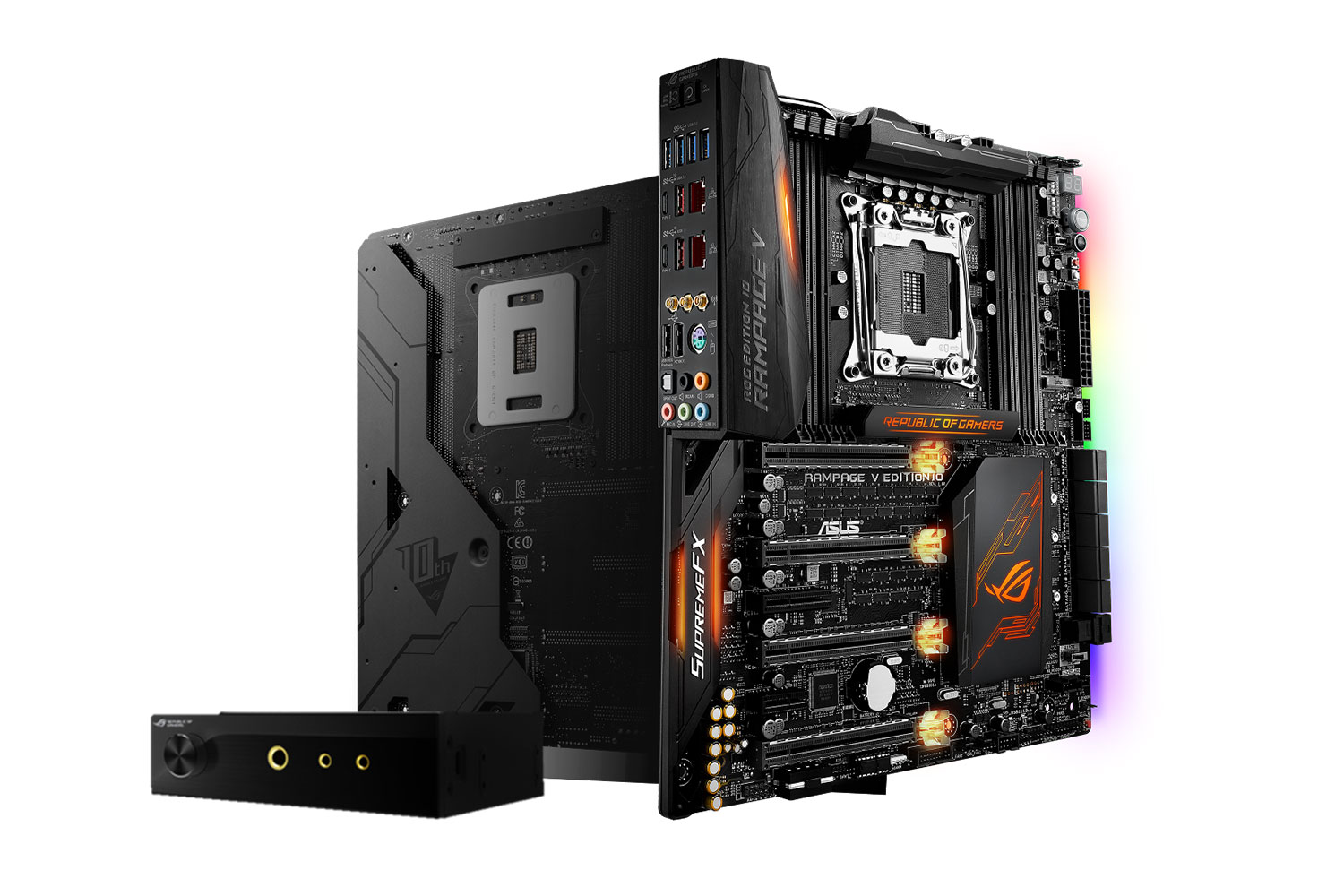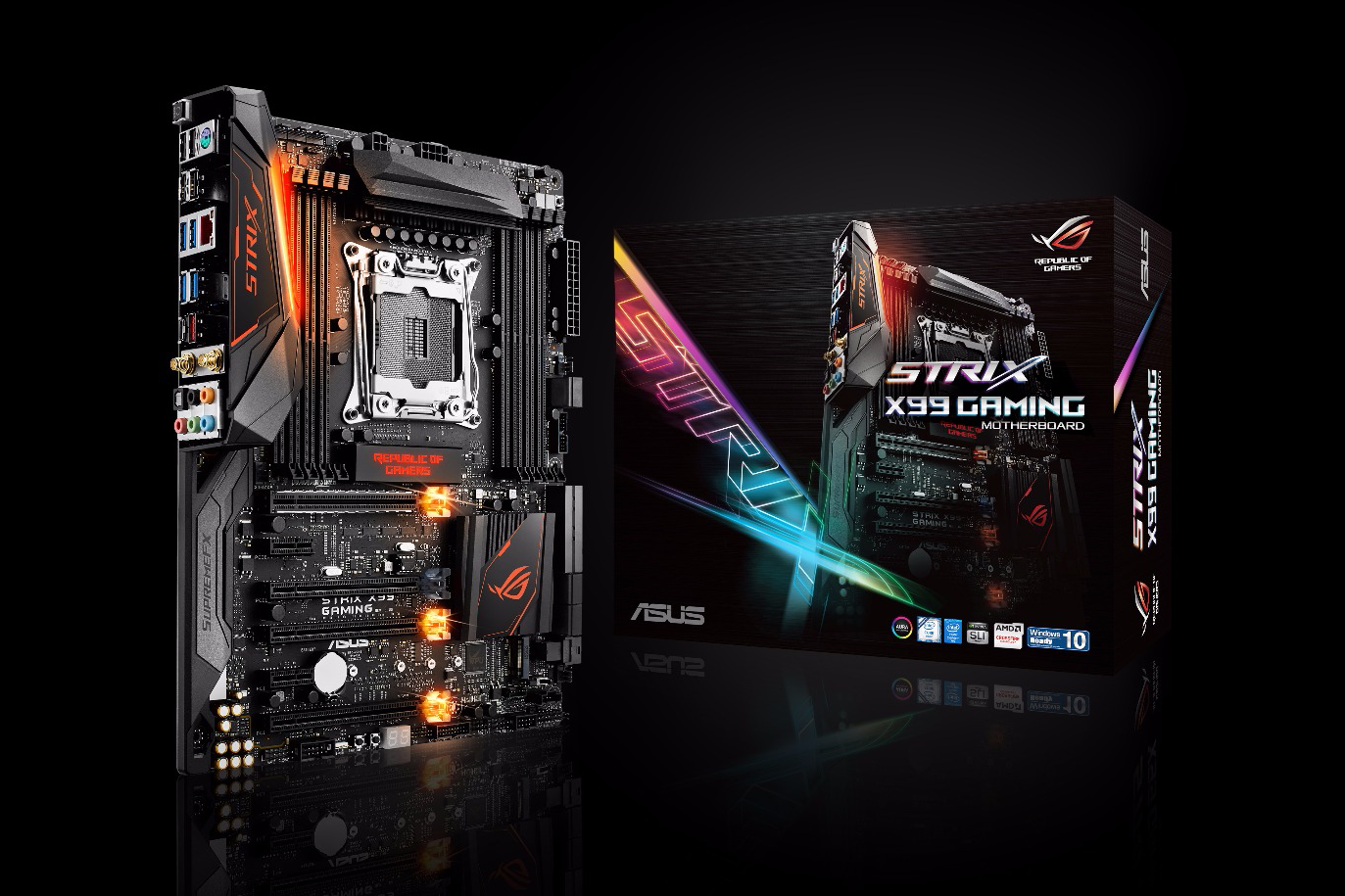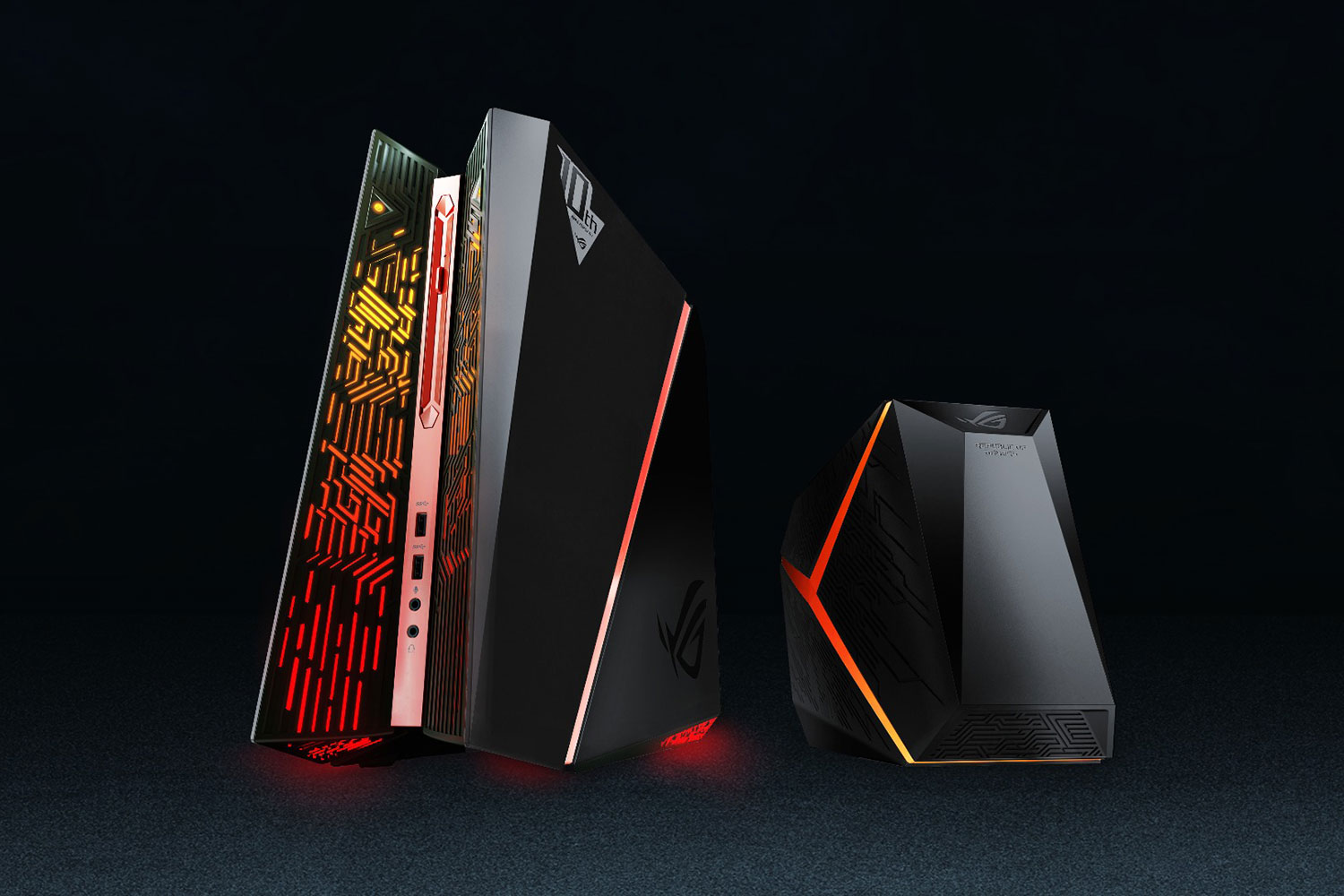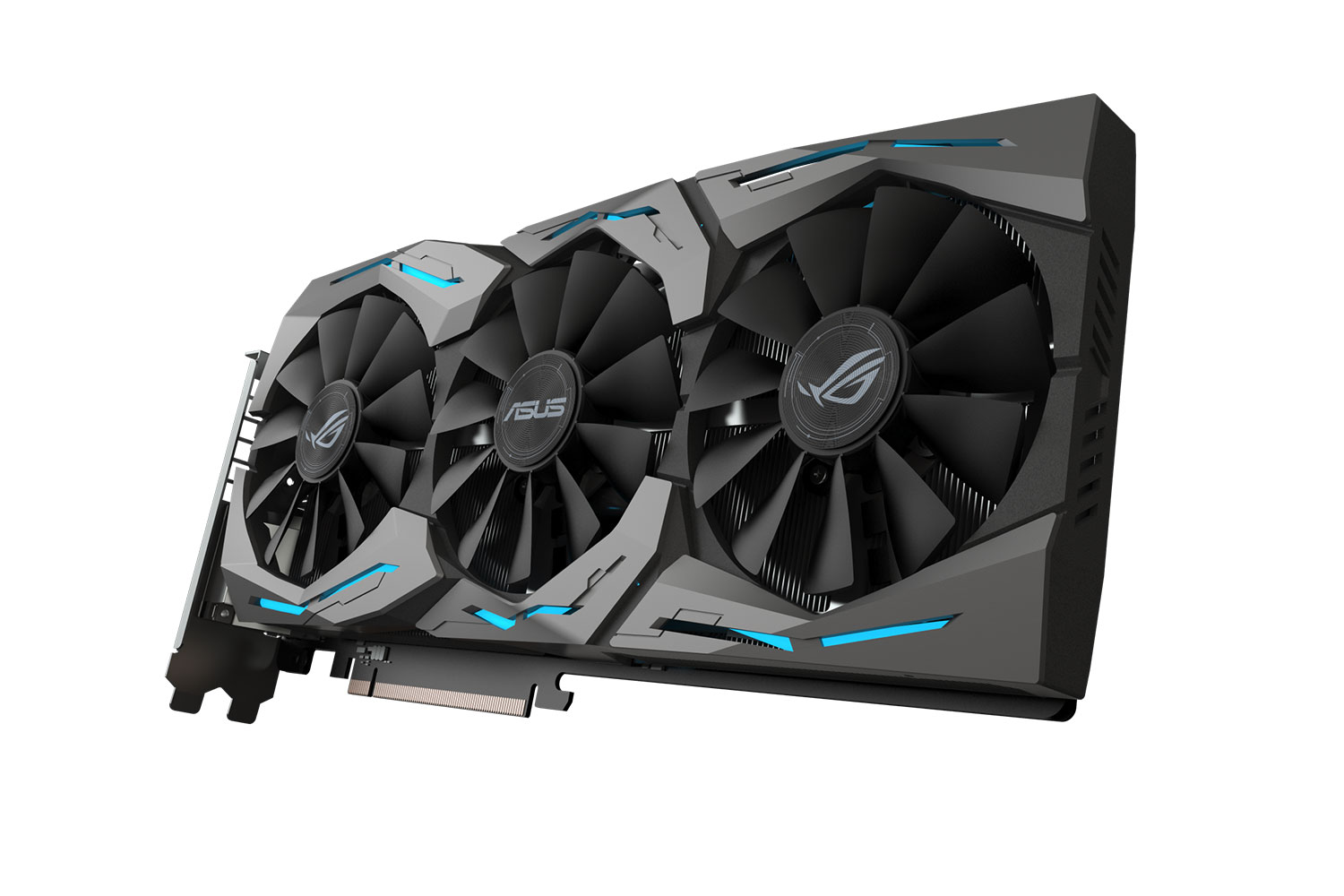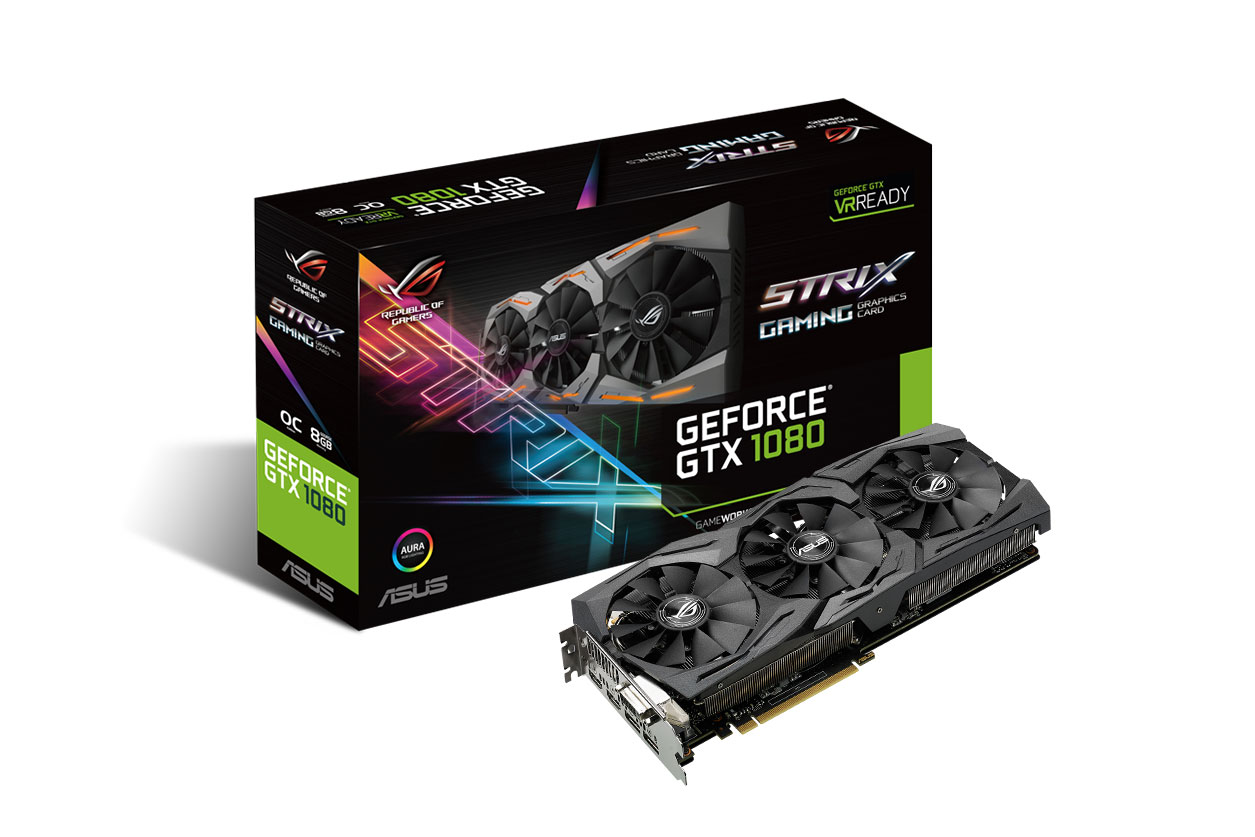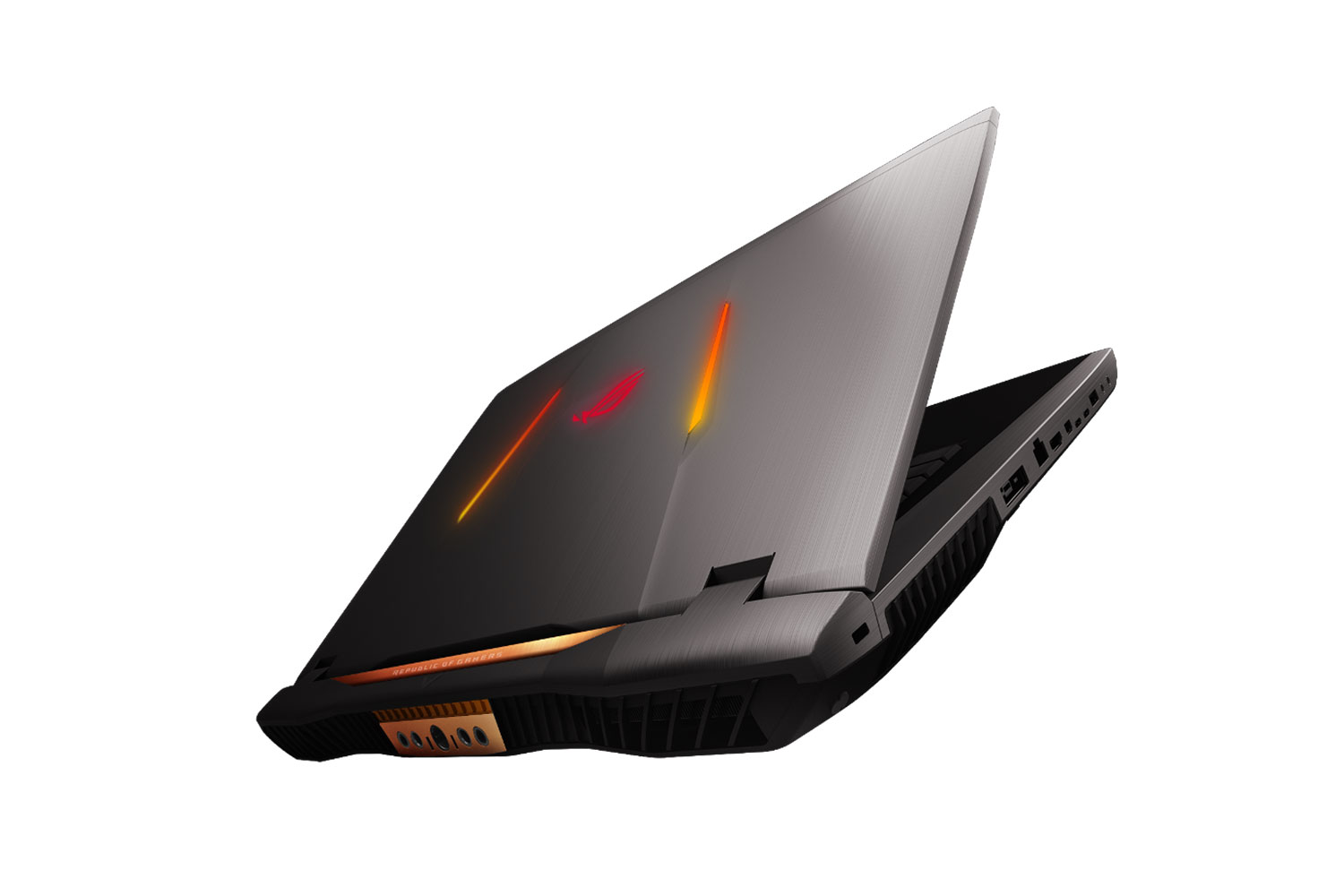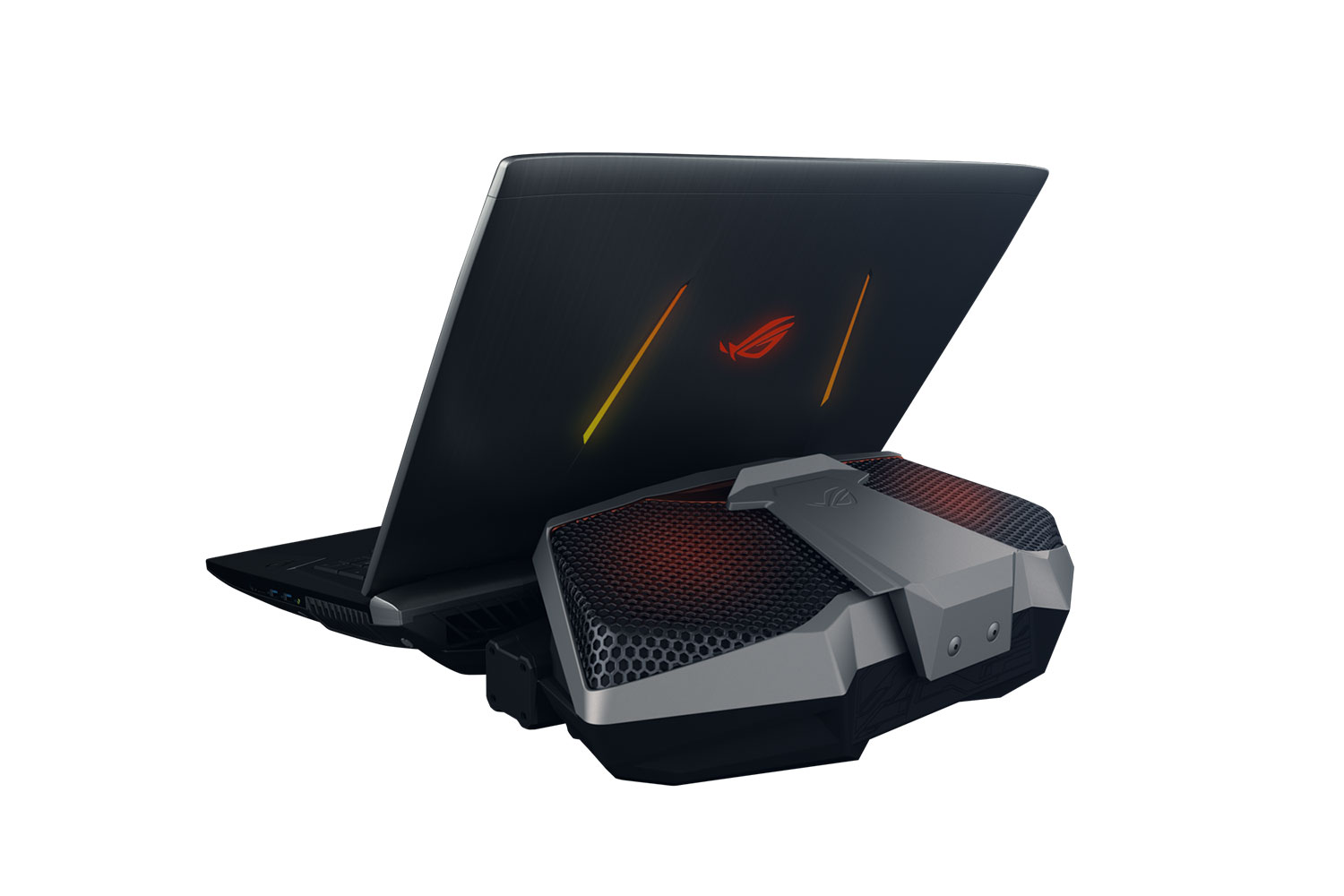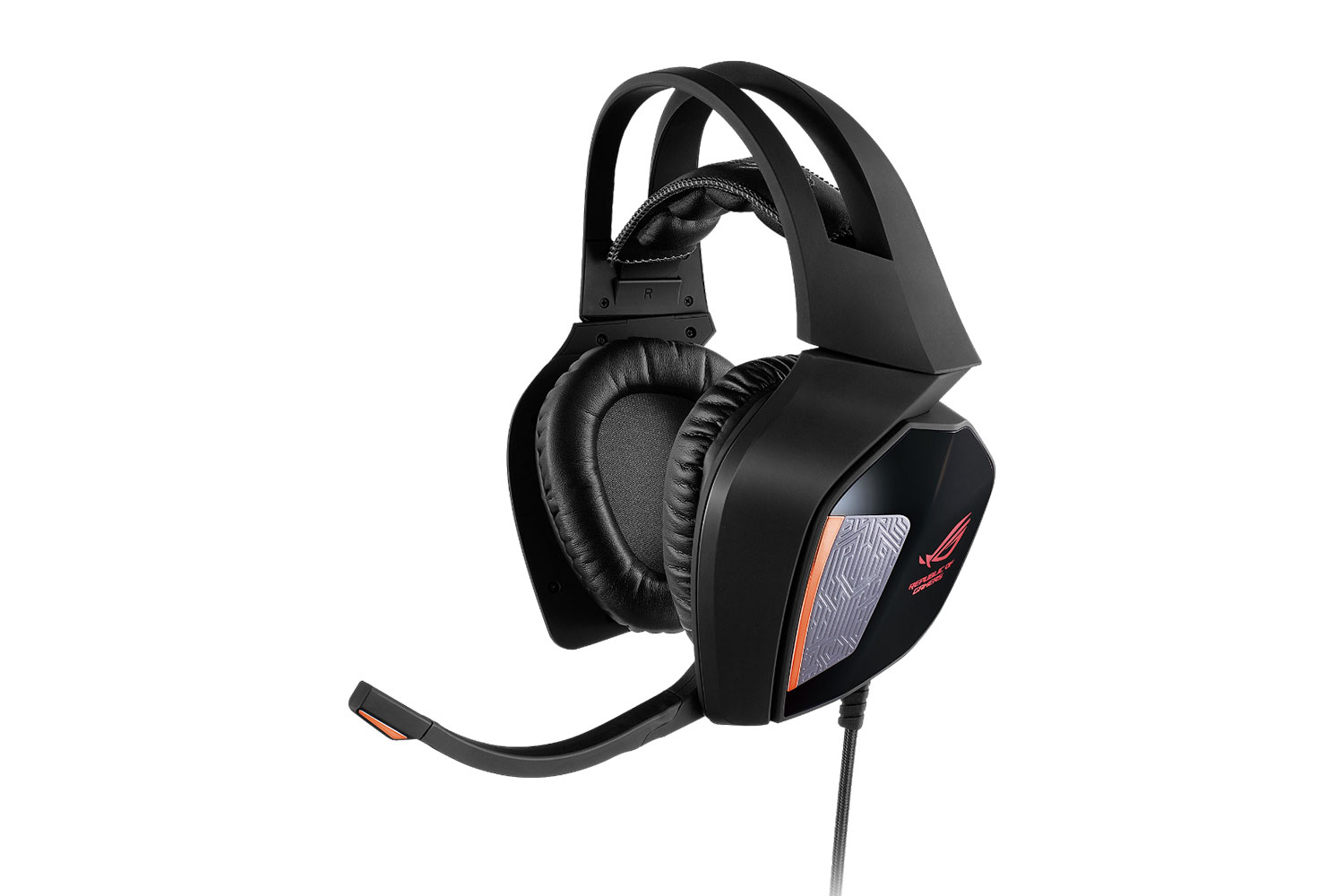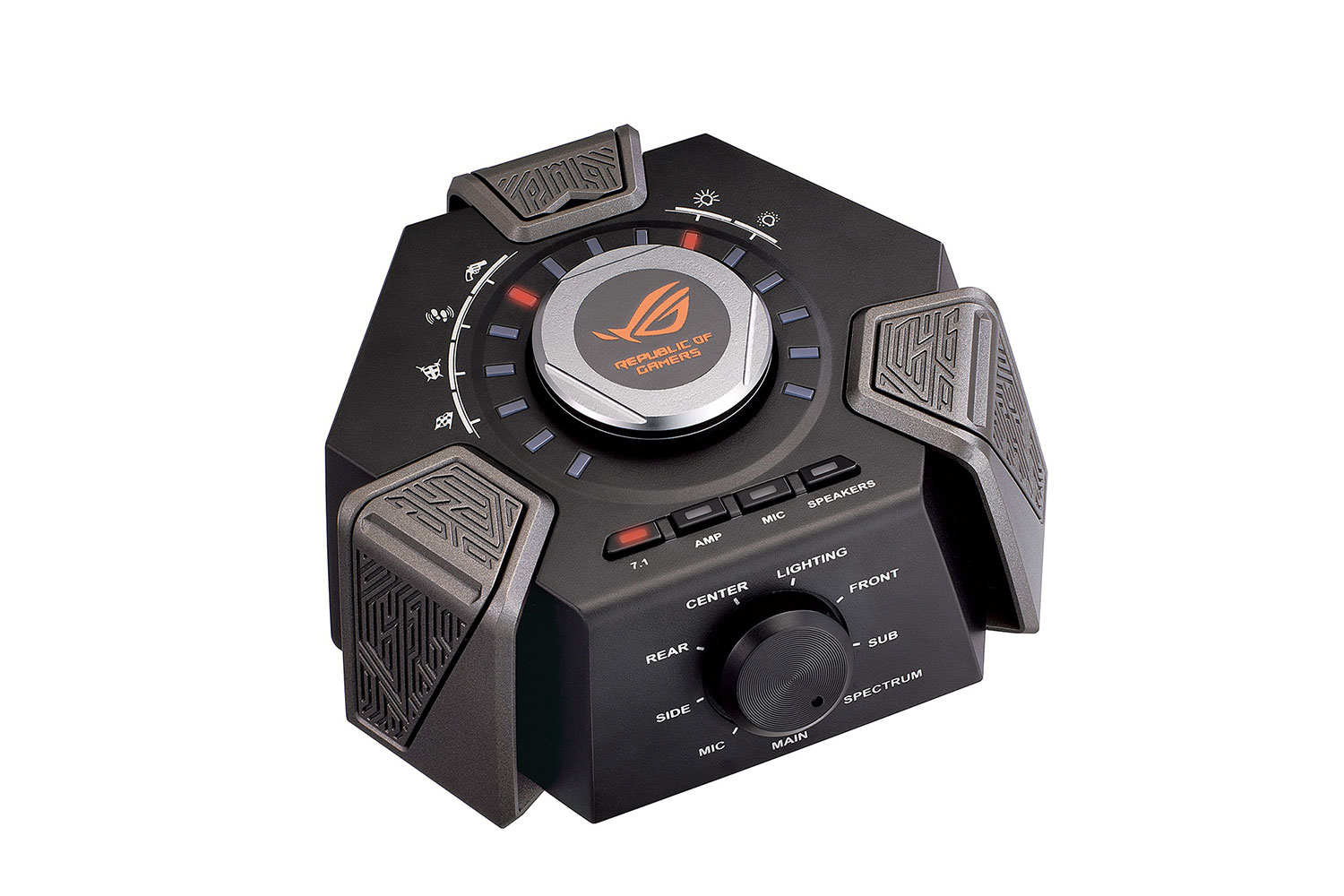In addition to announcing its “Zenvolution” on Monday during Computex 2016, Asus held an additional press event focused on its Republic of Gamers brand. The surprisingly brief presentation was provided by Dereck Yu, who talked quite a bit about the Republic of Gamers brand over the last ten years. He then progressed to briefly talk about some of the company’s new products like the G31 desktop, the GX800 notebook, the Rampage V Edition 10 X99 motherboard, and what the company calls Avalon, a prototype that crams the chassis and motherboard together into one seamless solution.
ROG Avalon

According to Yu, Avalon is the desktop form factor re-defined, providing a swappable back I/O panel for flexible connectivity, a cable-free power supply interface, a plug-and-play SSD cage, a graphics adapter board, and support for both liquid and air cooling. Thanks to Avalon’s unique modular design, DIY system builders can swap out components quickly and easily, and won’t have to deal with messy cabling. The motherboard that’s built into Avalon is based on Intel’s Z170 chipset.
ROG Rampage V Edition 10 — Extreme-performance gaming motherboard
Yu also briefly talked about the ROG Rampage V Edition 10 motherboard that’s based on Intel’s X99 chipset. That means this mainboard supports the new Intel Core i7 processors for socket LGA 2011-v3 and extreme overclocking. This board is backed by the company’s Extreme Engine Digi+ voltage-regulator module, T-topology technology, and 5-Way Optimization for one-click overclocking.
As for other notable features, the board includes Fan Xpert 4 technology for optimal cooling, the SupremeFX Hi-Fi audio amplifier, dual gigabit Ethernet ports from Intel powered by GameFirst technology, and a “reinvented” PCI Express slot called SafeSlot, which sets out to protect that expensive graphics card from damaging power jolts. Other goodies include 3×3 Wi-Fi, support for U.2 and M.2 drives, USB 3.1, and an integrated I/O shield.
ROG G31 Edition 10 — Compact gaming desktop
Next up was the ROG G31 Edition 10 gaming desktop sporting two GeForce GTX 1080 cards in SLI mode crammed inside a compact, 20-liter chassis. Yu said that this solution provides 171-percent better performance than a single GTX 1080 card in a typical chassis when running Doom in a 4K resolution and Ultra High settings. Keeping these cards cool is the company’s 3D vapor-chamber thermal technology that uses dual hidden-airflow channels.
While the hardware details really weren’t exposed, the desktop’s outer appearance is rather futuristic, marked with red Mayan-style stripes against a dark, abstract exterior. Asus later told the press that the desktop includes a dedicated ESS audio DAC and amplifier headphone jack that cranks out Hi-Fi-grade audio.
ROG GX800 — Gaming laptop
Following the desktop during Monday’s presentation was the new ROG GX800, billed as the most powerful gaming laptop in the world. Based on the previous GX700 model, the GX800 features an upgraded “Hydro Overclocking System” liquid cooled docking station to keep its Intel K-Series CPU and twin Nvidia GPUs super cool. This laptop even has two 330-watt power supplies.
This laptop comes packed with a mechanical keyboard called MechTAG, which is short for Mechanical Tactile Advanced Gaming. This keyboard is illuminated with RGB LED lighting, has full key customization, and provides 2.2mm of key travel. This keyboard also supports anti-ghosting, preventing missed key-presses and enabling users to perform multi-key combo commands.
On the screen behind Yu during the presentation, a slide showed that the laptop will provide powerful desktop-like performance with the CPU clocked at 4.4GHz, GPUs clocked at 1,428MHz, VRAM clocked at 3.8GHz, and DRAM clocked at 2,800MHz. Oh my.
ROG Swift PG248Q — Gaming display

Also briefly showcased during the presentation was the ROG Swift PG248Q monitor for professional gamers. This monitor sports a 24-inch LED-lit screen with a 16:9 aspect ratio and a 1,920 x 1,080 resolution. It also supports Nvidia’s G-Sync technology, meaning the display will match its refresh rate with the frame output rate of a Nvidia GeForce graphics card, thus preventing screen tearing and choppiness. This monitor even includes an overclockable 180Hz refresh rate, a grey-to-grey response time of one millisecond, and the company’s exclusive bells and whistles like a built-in FPS counter, a crosshair overlay, and more.
ROG Centurion — Gaming headset
Finally, Yu briefly showcased the ROG Centurion headset providing 7.1-channel surround-sound audio. He said that this headset contains 10 individual neodymium drivers, a Hi-Fi-grade ESS headphone amplifier, and a noise-canceling digital microphone. There’s also an included USB audio station for changing the audio settings on the fly, two sets of interchangeable ear cups, and Sonic Studio, a free software solution from Asus that enables customers to customize every aspect of their audio experience.
ROG XG Station 2 — External graphics dock

Also mentioned in the presentation was the ROG XG Station 2, an external graphics card dock that supports the latest GeForce GTX cards from Nvidia and the latest Radeon cards from AMD. This dock connects via Thunderbolt 3 and, according to Asus, sports a special connector that increases Thunderbolt 3 performance by up to 15-percent. This dock even includes a gigabit Ethernet port and four USB 3.0 ports for expanding your laptop or desktop’s connectivity. This dock actually made its official debut back in January during CES 2016.
